This is the First Photograph to Ever Be Developed With Weed
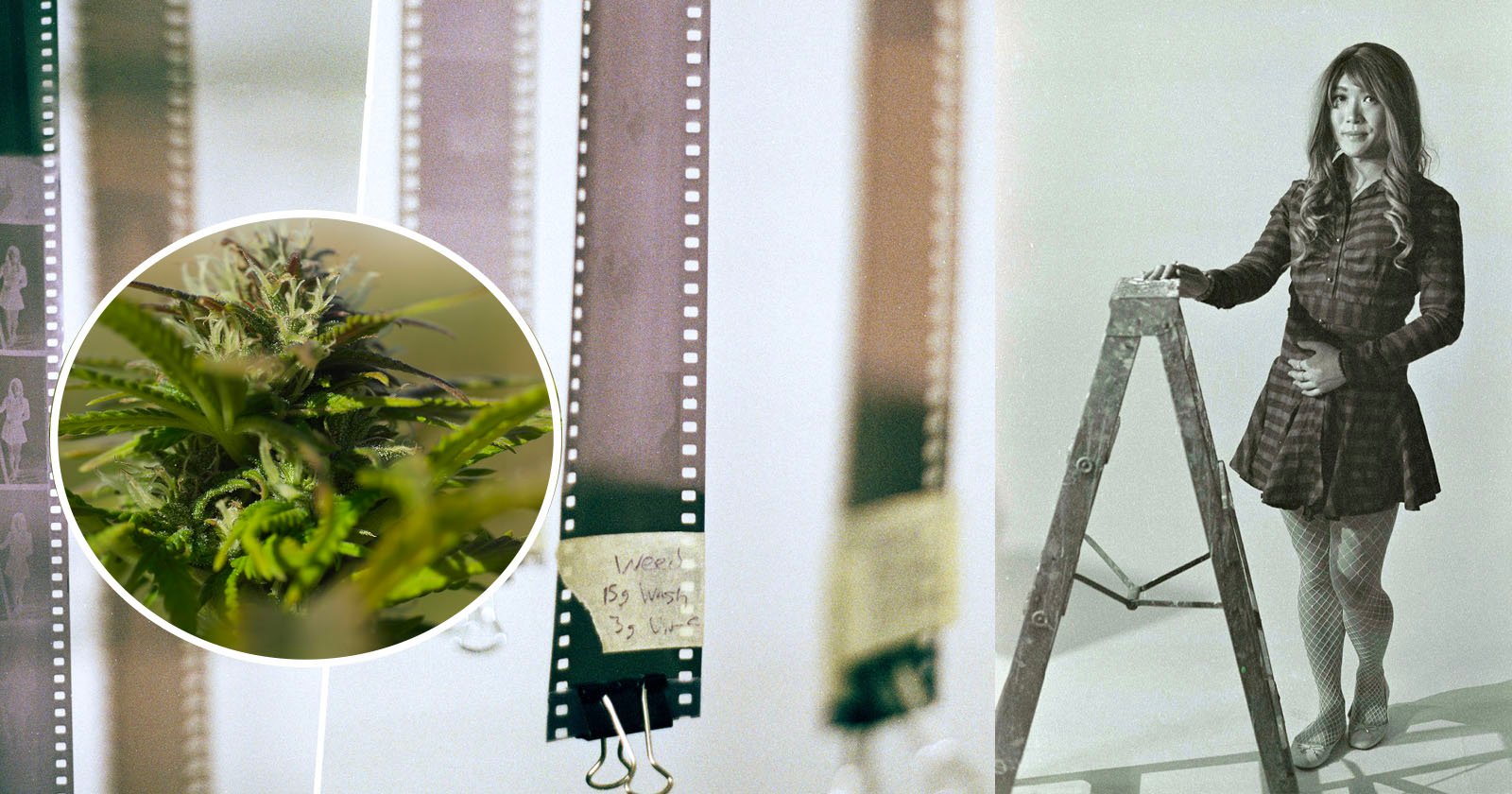
Last Saturday marked 4/20, an international celebration of all things weed, and to mark it Dmitri Tcherbadji of Analog Cafe processed a roll of photo film using cannabis flower in a developer he calls Sativa Cannanol.
Dmitri lives in Canada — where weed is legal — and wanted to find out if it’s true that you can develop a roll of film from almost anything. He teamed up with Daren from @LearnFilmPhotography and Yvonne from @YvonneHansonPhotography to try out other unusual elements for developing film in — also using blood, pond water, wood, flowers, and pee.
Dmitri writes for Analog Cafe that the most famous home developer is Caffenol, a mixture of instant coffee, vitamin C, and washing soda. There are also recipes that employ beer, wine, garlic, and other organic compounds.
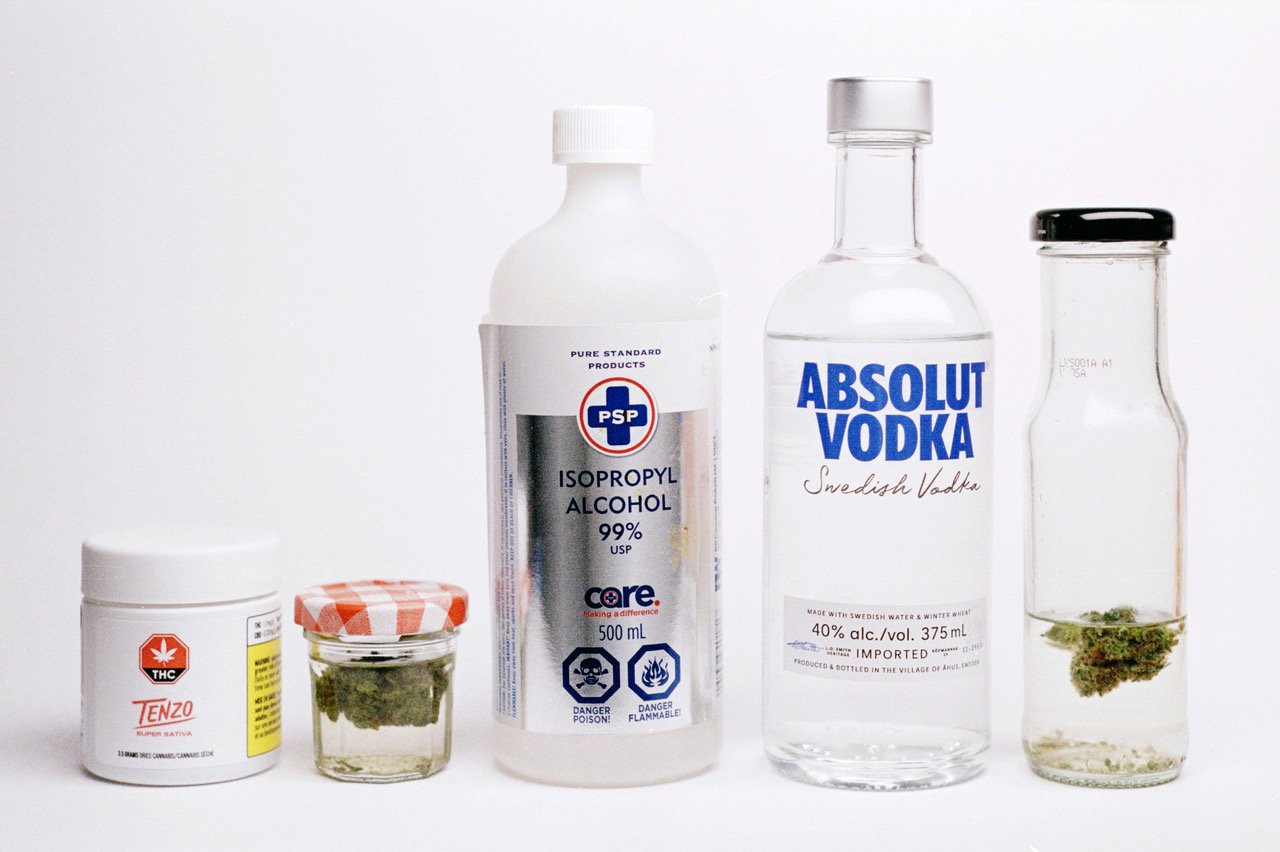

The film photography enthusiast says that he’s never come across anyone else developing a 35mm film in cannabis and reckons he is probably the first person to ever do it.
“It turns out that cannabis sativa strains are rich in phenols [chemicals that synergize], making the plant an ideal candidate for film development,” Dmitri says.
“Back-of-the-envelope calculations suggest that we need less than an eighth of the amount of weed by weight than coffee to make a comparable developer. In other words, we only need 1.5 grams (0.05 ounces) of cannabis to make a 300-milliliter solution (enough for one roll of film).”
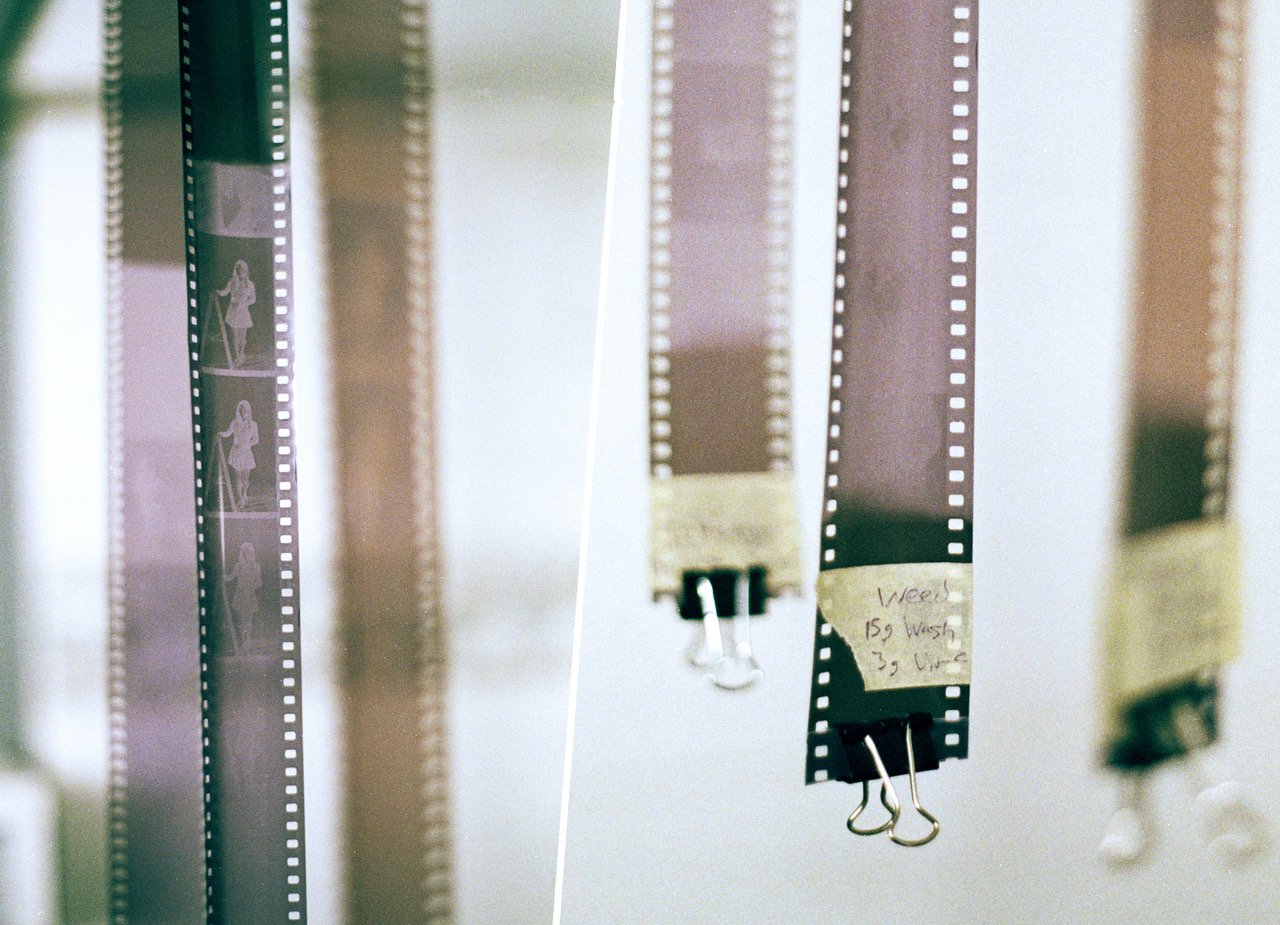
![]()
After shooting over 200 photos on a Pentax K1000 with an SMC Pentax-A 50mm F1.7 attached in a controlled studio environment, Dmitri developed multiple rolls of Ilford HP5+ in Sativa Cannanol for 420 seconds at 69 degrees Fahrenheit.
“Unlike coffee, cannabis flower doesn’t dissolve in water and it’s quite sticky, so the process of getting a mixture is a little different than with other plant matter,” explains Dmitri. “The technique I used to get the plant matter suspended is called ethanolic extraction.”
Dmitri applied the same ethanolic extraction method in a larger experiment with Daren and Yvonne where the trio developed the film in moss, fir tree needles, children’s EpiPens, cedar tree bark, urine, and more.
After shooting over 200 film photos with each canister containing eight bracketed exposures of model Lily Li Hua, they compared the results on a fascinating comparison chart with the most potent developer (when it comes to shadow detail resolution) at the top and the worst ones at the bottom. Sativa Cannanol came in fifth place just below cedar wood and fir tree needles. Interestingly, Caffenol beat off commercial developers in this particular test.
![]()
Did It Work?
Dmitri writes that “weed isn’t very practical for developing photographic film” because he ultimately ended up paying $7 for a single roll of film.
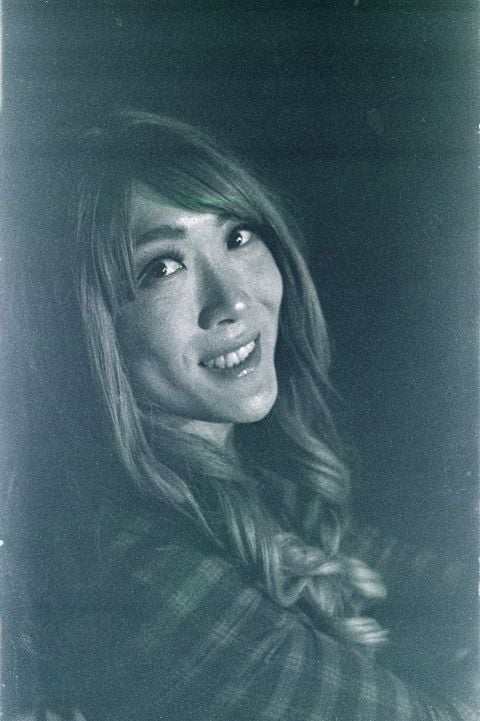
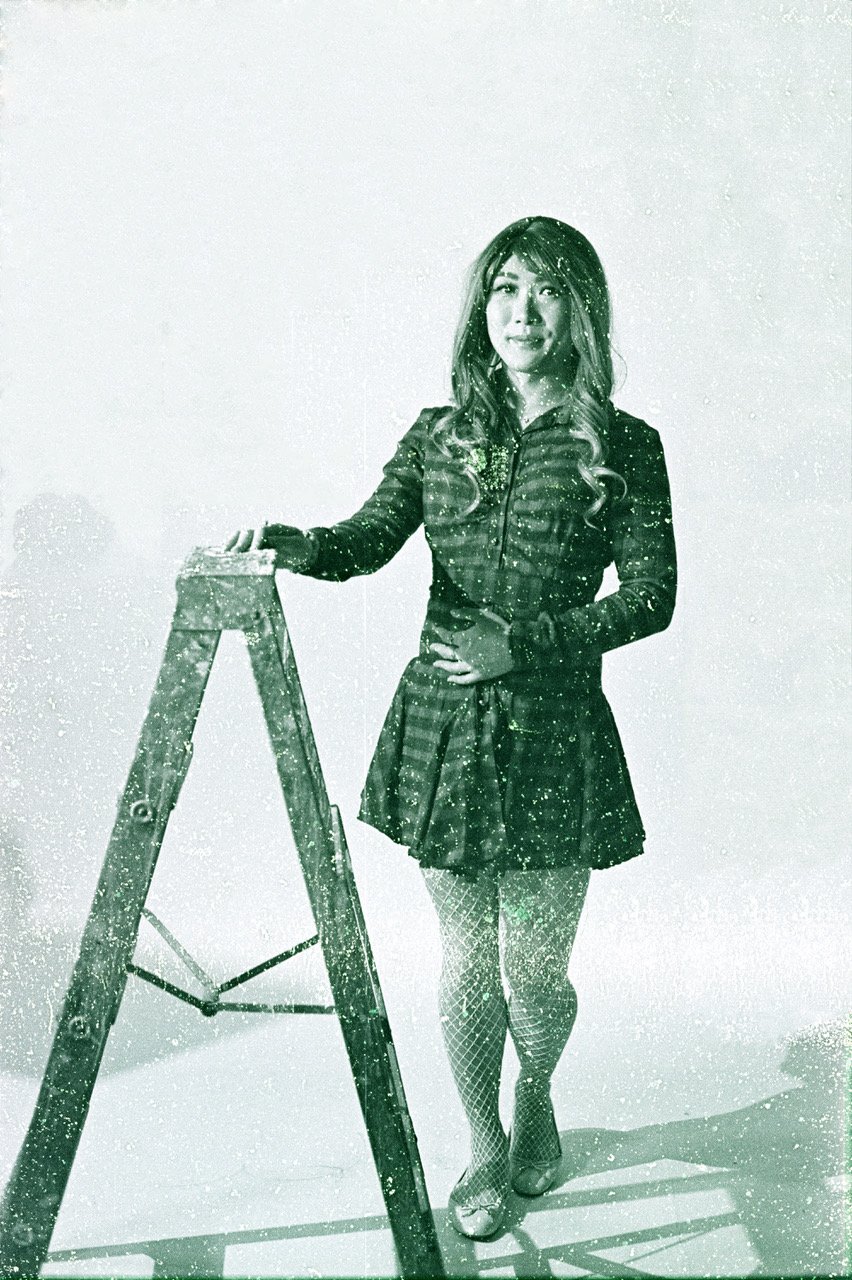
“It’s not very potent,” he adds. “Which will force you to shoot an ISO 400 film at EI 25 for good results. But you can certainly create detailed, well-resolving images with cannabis if you’re inclined to do so.”
Dmitri also notes that homemade film developers can be more eco-friendly than commercial ones with the ingredients being simpler and safer.
Sativa Cannanol Film Developer Recipe
1.5g of cannabis flower (Sativa) soaked in 30ml of isopropyl 99% rubbing alcohol (C₃H₈O) for 3 days.
20g washing soda.
5g vitamin C.
Top up with water to 300ml and mix well.
For a more in-depth tutorial on how to develop film with cannabis be sure to visit Dmitri’s entry on Analog Cafe.
Image credits: Photographs by Dmitri, Daren, and Yvonne.
Update 4/23: A previous version of the recipe contained the ingredient baking soda. It is washing soda.